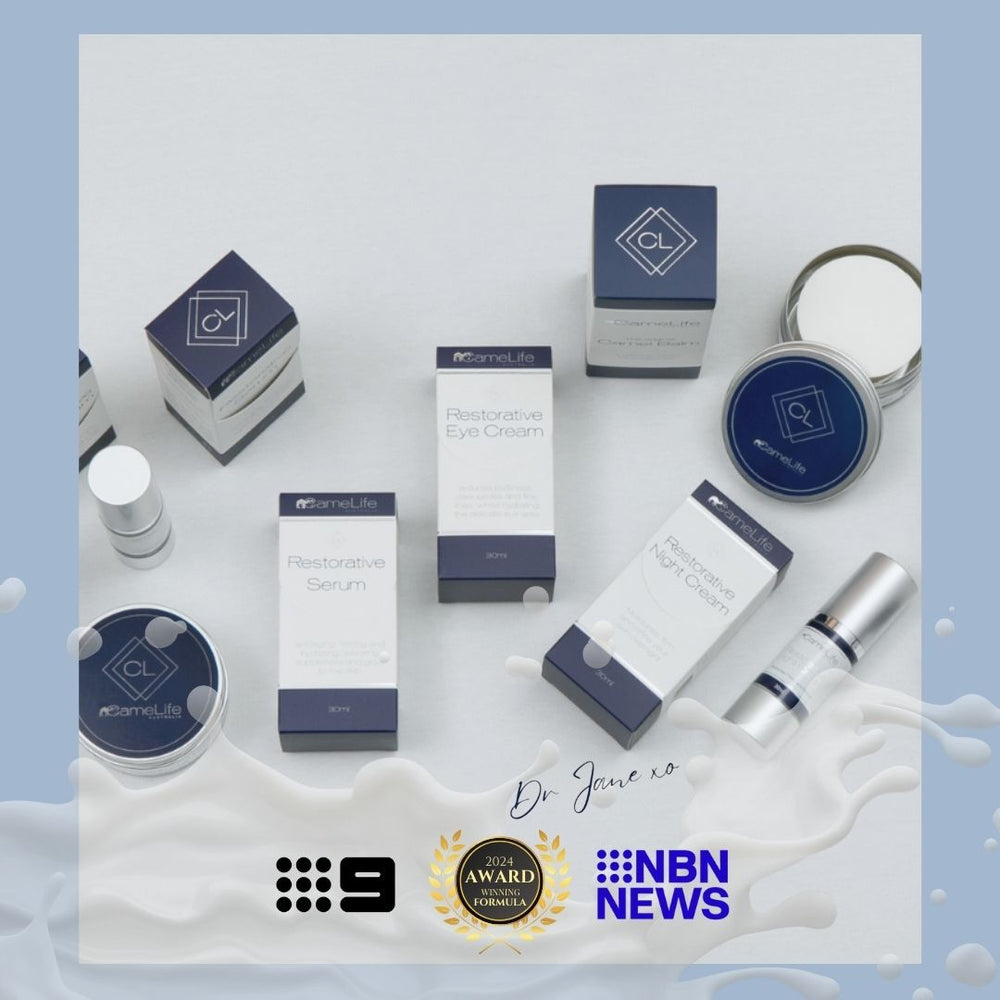Camel Milk Skincare for Dry Skin
SHOP TREATMENT CREAMSDry Skin - The Basics

What is Dry Skin?
This month, we’re talking about dry skin answering what causes dry skin, what are the effects, and explaining camel milk skincare can help.
Most of us will experience dry skin even if only occasionally; maybe just a feeling of skin tightness especially after a shower or a swim. Or maybe your skin looks and feels rough and dry. Usually, it’s a minor irritation, but for some, dry skin can be a much more persistent and uncomfortable condition, with scaling, itching, and cracking.
Dry skin can occur for many reasons. You may have naturally dry skin, but even if your skin tends to be oily, dry skin can develop occasionally. It is often temporary; you may only experience it in winter, perhaps. But for some it is a persistent lifelong condition.
Although it most commonly affects hands, arms, and legs, dry skin can affect any part of the body. It can usually be self-treated by lifestyle changes and over-the-counter moisturisers, but, if these treatments aren’t enough, you should see your doctor.
What Causes Dry Skin?
Dry skin is likely to cause one or more of the following:
- A feeling of tightness, especially after swimming or showering
- Rough looking and feeling skin
- Itching (pruritus)
- Flaking, scaling or peeling
- Fine lines that develop into small cracks
- A grey ash like skin tone
- Cracks that deepen and eventually bleed
Other Causes
Dry skin can be caused by dry weather conditions, contact with hot water or with chemicals which draw water from your skin. Dermatitis is the term used for dry skin caused by underlying medical conditions. There are several different types of dermatitis.
Contact dermatitis
Contact dermatitis occurs when your skin reacts to an environmental stress, leading to localised topical inflammation. Chemical agents like bleach cause irritant contact. When your skin is exposed to a substance you are allergic to,
allergic contact dermatitis can develop.
Seborrheic dermatitis
If your skin produces too much oil, seborrheic dermatitis can occur, causing a red scaly rash, often on your scalp. Seborrheic dermatitis is common in infants.
Atopic dermatitis
Atopic dermatitis is often called eczema, a chronic skin condition that causes scaly patches of dry skin to appear. For more about eczema and how to treat it with camel milk skincare, check out our Eczema post.
Other Causes
Other chronic conditions, for example psoriasis and Type 2 diabetes, can cause dry patches and irritation.

Risk Factors

Dry skin can affect anyone. But some risk factors raise your chances of developing dry skin, including:
- Age. As we age, our skin naturally produces less oil and we start to lose hyaluronic acid. Very aged skin can become thin and susceptible to cracking and splitting. Older adults are more likely to develop dry skin.
- Family Medical History. Eczema or allergic contact dermatitis are often hereditary; if your family has a history of allergic diseases, you are more likely to suffer dry skin.
- Seasons. In the colder winter months, humidity is relatively lower. Dry skin is more common when its colder. In the summer, humidity is higher, helping to stop your skin drying out.
- Bathing. Taking frequent very hot showers or baths baths raises your risk of dry skin, particularly if you are sensitised to chemicals in shower gels and the like.
- Work. Working in a dry environment like an air conditioned office or an aircraft cabin can play havoc with skin moisture levels. So too does working with chemicals; concreters often suffer from dry skin as do those who regularly have to apply alcohol based sanitisers.
Treatments for dry skin
Lifestyle remedies
For most of us, simple changes in lifestyle can prevent and relieve dry skin. Simple steps include:
- Showering less frequently and in cooler water
- Drinking plenty of water
- Using a quality natural soap instead of shower gel
- Patting instead of rubbing areas of dry with a soft towel
- Avoiding itching or scrubbing dry skin patches
- Using a humidifier in your home

Moisturisers and Lotions
It’s very important to choose the correct moisturiser for your skin. Some work by sealing the skin to prevent moisture loss, but they don't add moisture. These emollient moisturises sometimes create an occlusive barrier which prevents your skin from breathing. Others draw moisture to your skin, either from the external environment or from deep within your skin's layers. Perhaps the holy grail is a moisturiser that does both; it slows down water loss and attracts water at the same time.

Emollient Moisturisers
There are two basic types of moisturiser; those that create an impervious barrier to stop your skin losing water, known as emollients and those that draw water into your skin, known as humectants. Many emollient moisturisers contain petroleum gel, or petrolatum. Unsurprisingly, this is made from petroleum; do you really want to put petrol on your skin! Many natural moisturisers are emollients too; beeswax balms being a good example. Emollients do not moisturise, they simply stop water loss.
Humectant Moisturisers
Moisturisers which draw water into your skin contain ingredients such as glycerin or alpha-hydroxy acids like lactic acid. But they need to be able to penetrate into your skin and not sit on top, else they will draw moisture from your skin too. This is where camel milk comes in; its molecular structure is fine enough to be absorbed through your skin's outer layer (the epidermis), and it contains lactic acid to draw water into your skin, actually adding moisture.
Combination Moisturisers
Combination moisturisers provide a partially occlusive barrier to slow down water loss but they also a humectant to draw water from deep within your skin. Ideally, they contain water themselves to give you the maximum moisturising value.





